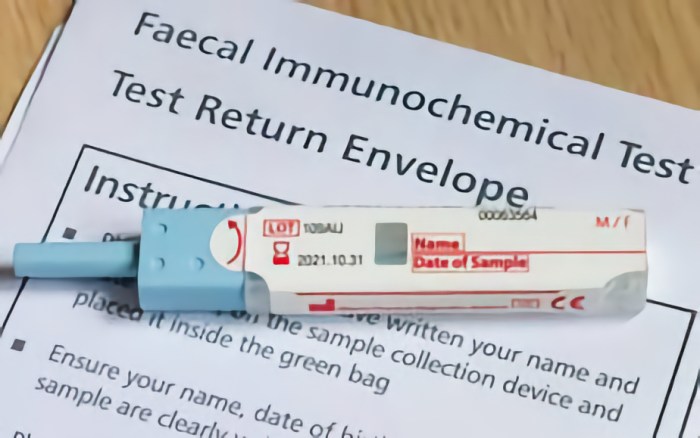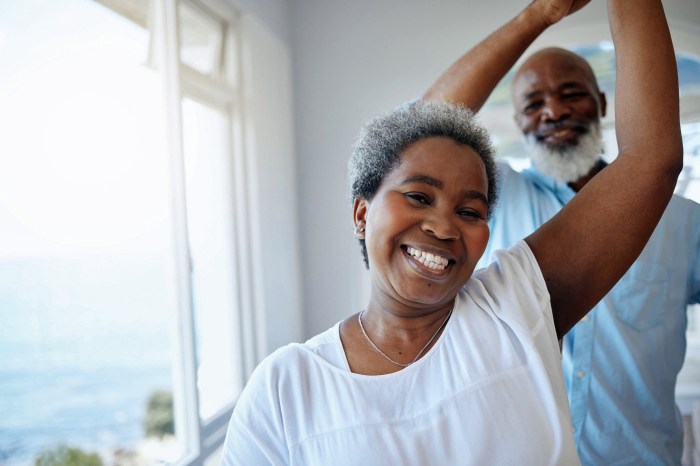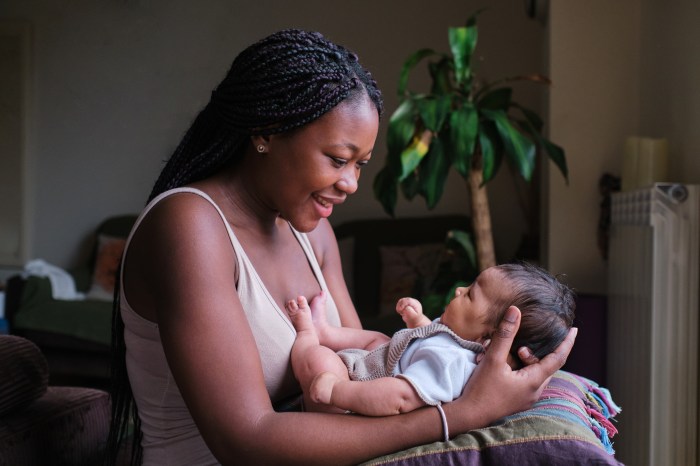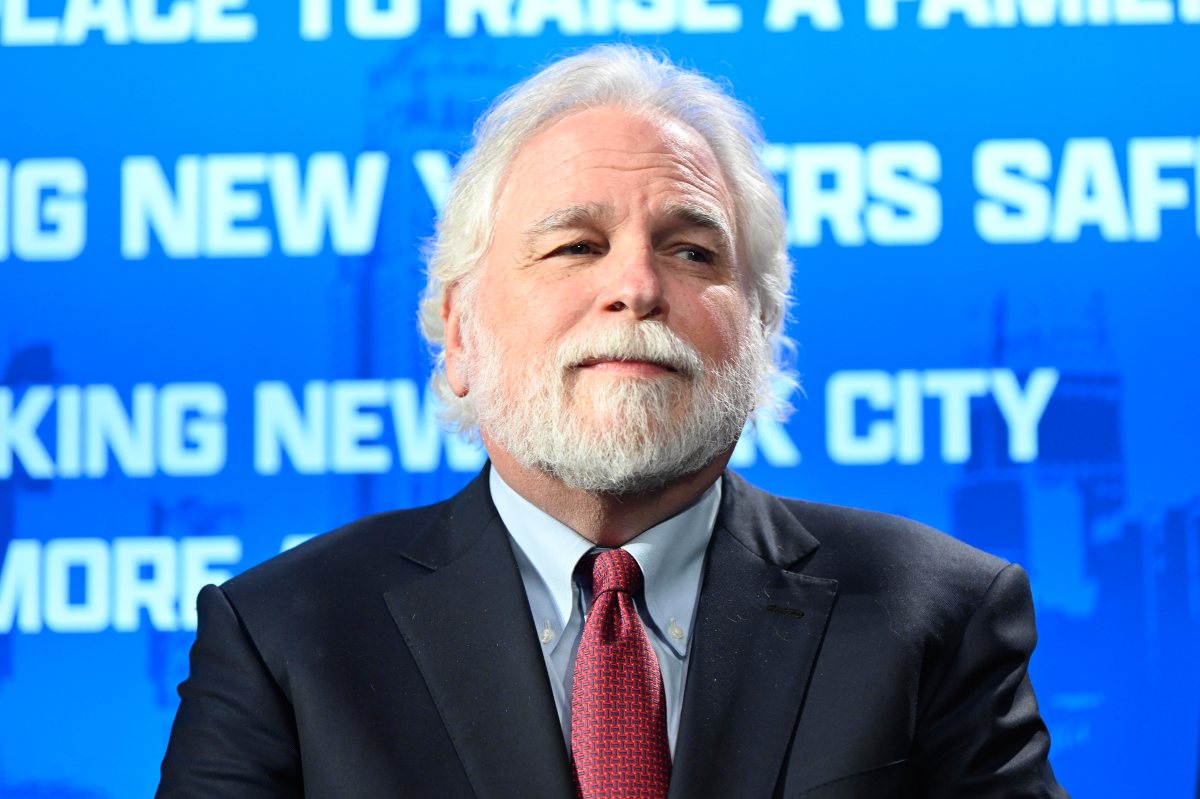Even with new advances in cancer screenings and detection, women in the United States are being afflicted by breast cancer at alarming rates. According to the Centers for Disease Control and Prevention (CDC), over 200,000 women were diagnosed with breast cancer in 2008 with over 40,000 dying of the disease1. The American Cancer Society estimates close to the same numbers for 2012.
As we observe National Breast Cancer Awareness Month in October, it is a good time to remind women over the age of 40 to schedule an annual mammogram with your physician and make it a routine part of your annual gynecological exam. For women 20-39, a clinical breast exam every three years is suggested, as well as self-examination. (3)
Though risk factors including age, family history of the disease, hormonal and other clinical factors play a major part in an individual developing the disease, there are a number of measures you can take to help prevent breast cancer.
For instance, a simple change in diet to one rich in plant-based foods, particularly fruits and vegetables, helps to reduce obesity, a physical state that usually increases the risk of postmenopausal breast cancer. The DASH diet (Dietary Approaches to Stop Hypertension), initially developed by the U.S. National Institutes of Health to lower blood pressure without medication, has recently been linked to decreasing breast cancer due to its emphasis on fruits and vegetables with a recommended four to five servings per day. (4)
Experts also recommend an active lifestyle with daily exercise, something as simple as walking, can help maintain a healthy weight. In addition, limiting alcohol consumption and refraining from tobacco usage are key steps to battling the risk of breast cancer.
Although breast cancer is perceived as a woman’s disease, men are diagnosed with it as well but at much lower rates. Even though breast cancer is 100 times more common in women than men, the same precautionary measures for a healthy diet and active lifestyle are encouraged for men. (5)
Raising awareness and increasing education about breast cancer is a surefire way to help fight the spread of the disease. Please ask your physician questions and have an open dialogue about any concerns you may have. There is still much more research to be done to find a cure but taking charge of your own breast health is an important first step.
Dr. Beane is vice president and medical director at Healthfirst. For more tips on leading a healthier lifestyle, visit the Healthfirst Healthy Living website at www.hfhealthyliving.com.
REFERENCES
1. Centers for Disease Control and Prevention (CDC). United States Cancer Statistics (USCS). 2008. apps.nccd.cdc.gov/uscs/
2. American Cancer Society. Breast Cancer Facts and Figures 2011-2012. Page 2. www.cancer.org/acs/groups/content/@epidemiologysurveilance/documents/document/acspc-030975.pdf
3. American Cancer Society. Breast Cancer Facts and Figures 2011-2012. Page 17. www.cancer.org/acs/groups/content/@epidemiologysurveilance/documents/document/acspc-030975.pdf
4. American Journal of Epidemology. Low-Carbohydrate Diets, Dietary Approaches to Stop Hypertension-Style Diets, and the Risk of Postmenopausal Breast Cancer. September 5, 2011. aje.oxfordjournals.org/content/early/2011/08/10/aje.kwr148.full
5. MedicineNet.com. Male Breast Cancer. www.medicinenet.com/male_breast_cancer/article.htm


























